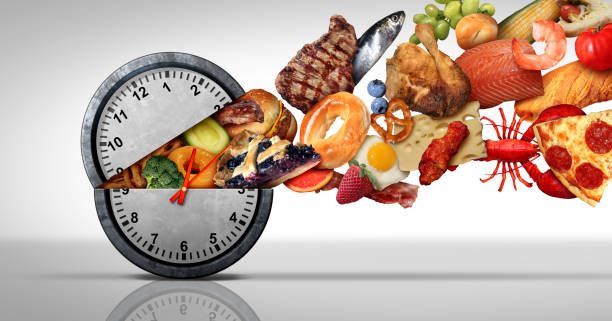Generate Grocery Lists from Adjusted Serving Plans
Convert scaled serving plans into actionable grocery lists by applying unit conversion, grouping ingredients, and accounting for yield. This overview explains how to use portioning, ingredient weights, calories, macronutrients, and tracking to create efficient shopping lists for meal planning and batch cooking.

Turning a recipe scaled to a different number of people into a practical grocery list requires more than simple multiplication. Accurate grocery lists depend on clear portioning rules, reliable conversion factors for ingredient weights, and sensible rounding for real-world purchases. This article walks through step-by-step methods to convert servings into shopping quantities while preserving nutrition goals, managing calories and macronutrients, and making lists useful for batch cooking and ongoing tracking. Practical tips help bridge the gap between precise recipe math and store-ready buying.
This article is for informational purposes only and should not be considered medical advice. Please consult a qualified healthcare professional for personalized guidance and treatment.
portioning
Start by defining a standard portion for each recipe element: a gram weight, a cup measure, or a common household unit. When you change serving counts, multiply ingredient weights by the scaling factor and then check portion control against your target servings. For family-style recipes, consider dividing the final cooked yield into equal portions and convert back to raw ingredient needs using yield percentages. Consistent portioning reduces waste and makes calorie and macronutrient tracking more reliable across meals.
nutrition
Include nutrition considerations when you assemble a grocery list. A calculator that summarizes vitamins, fiber, and mineral contributions per ingredient helps you choose substitutes that preserve nutritional balance when costs or availability change. Note items that add essential nutrients—leafy greens for micronutrients, legumes for fiber and protein—and include those on the grocery list by weight or common units. Labeling items with quick nutrition notes supports informed shopping decisions and steadier meal planning outcomes.
calories
To manage calories, keep a per-unit calorie reference for common ingredients (per 100 g or per cup). When you scale servings, multiply those per-unit values by total ingredient quantities to produce a plan-level calorie estimate. Use these aggregated calorie totals to adjust portion sizes or swap ingredients if the overall energy target is off. Recording calories next to grocery items also helps when you prepare batches intended to be split into a fixed number of servings later.
macronutrients
Preserving macronutrient distribution—protein, carbohydrates, fats—is central to many meal plans. Track grams of each macronutrient per ingredient and have your calculator sum them across the scaled recipe. Include macronutrient totals on the grocery list so you can prioritize purchases (for example, lean proteins, whole grains, or healthy fats) and ensure each cooked batch meets the intended balance. This makes meal prep predictable and supports consistent tracking over time.
servings
Translating servings into shopping quantities requires attention to edible yield and trimming loss. Raw ingredient weights often differ from cooked or plated servings, so apply conversion factors for peeling, bone, or shrinkage during cooking. Also round store quantities to package sizes—buying 1.8 kg of rice becomes 2 kg or two 1 kg bags—to avoid mid-week shortages. Clear notes on servings per cooked batch make it easier to portion food consistently during batch cooking sessions.
scaling
Scaling recipes successfully combines unit conversion, rounding, and grouping. Convert cups, tablespoons, or ounces into grams for repeatable precision, then round resulting grocery quantities to practical units. Group items on the grocery list by store sections—produce, frozen, pantry, dairy—to speed shopping. For batch cooking, plan for storage containers and reheating needs as part of the scaled list. These practices turn precise ingredient weights into usable shopping plans without losing portion accuracy.
Conclusion A methodical approach to converting adjusted serving plans into grocery lists improves shopping efficiency and supports consistent nutrition and portion control. By standardizing portioning, applying conversion factors for ingredient weights, and recording calories and macronutrients, you create lists that work for everyday meal planning, tracking, and batch cooking. Practical rounding and grouping make the lists usable at the store while preserving the precision needed for reliable portion control and nutritional consistency.




